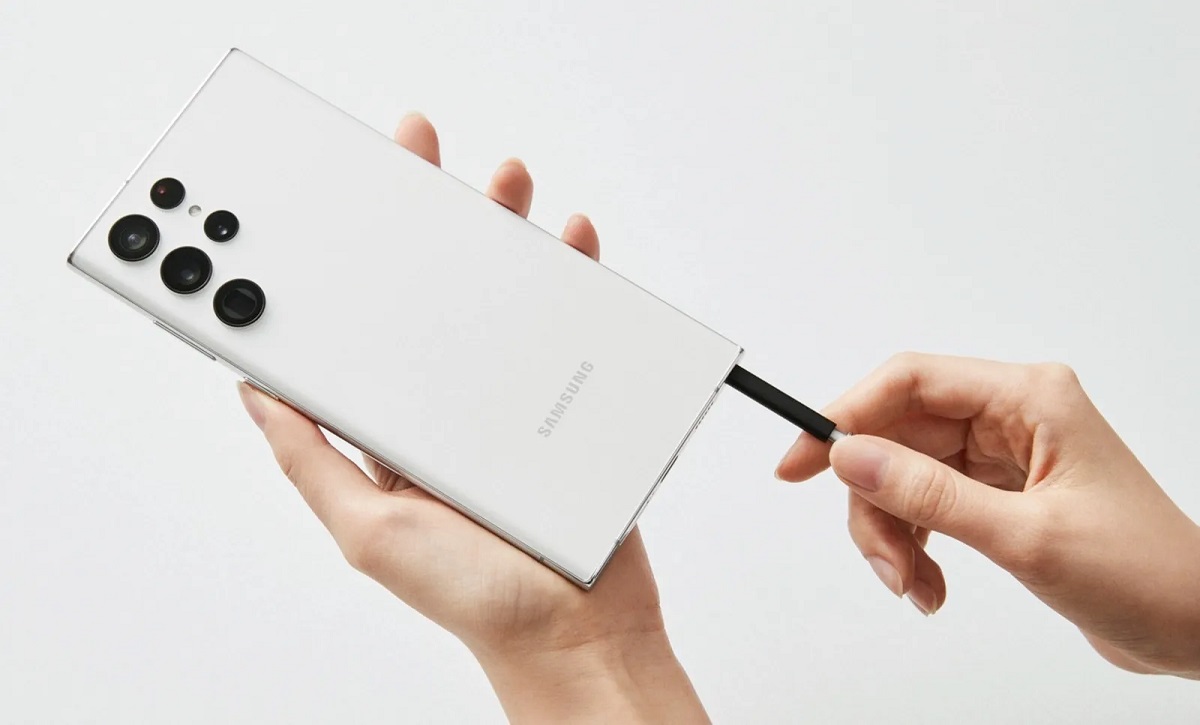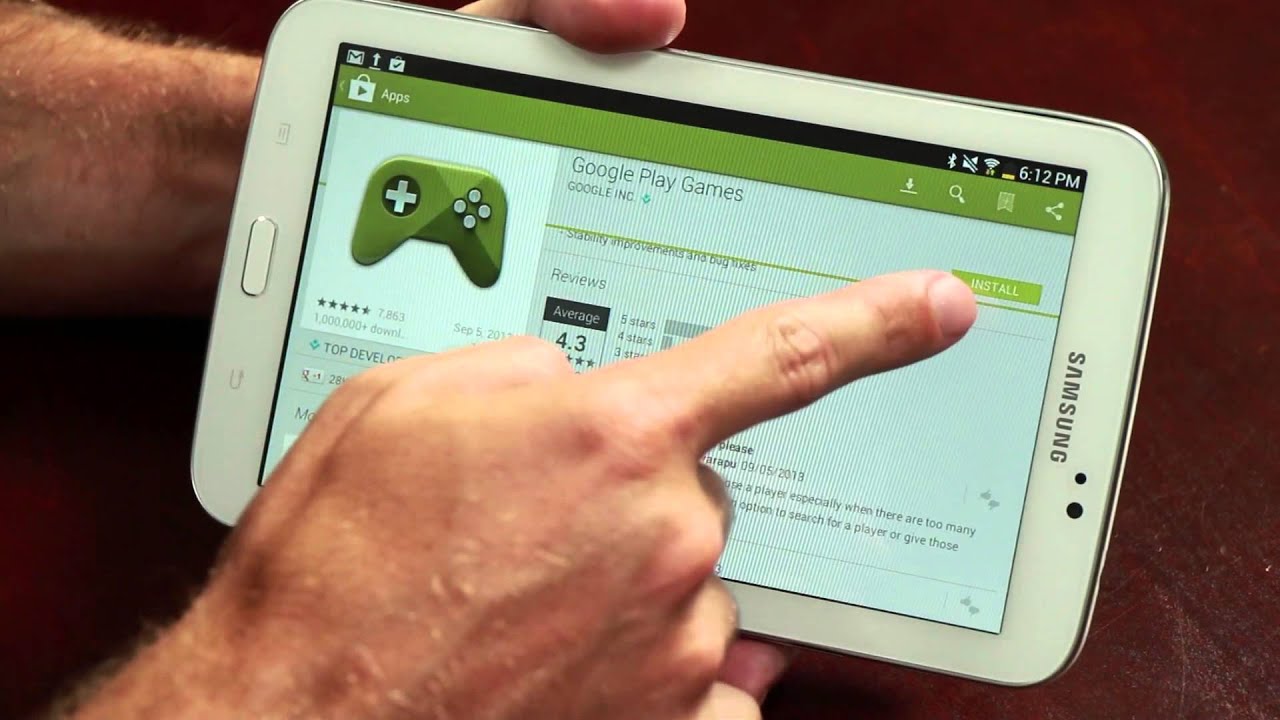Introduction
In recent years, smartphone technology has undergone numerous advancements, revolutionizing the way we communicate, consume media, and capture memories. One of the popular features that users have come to appreciate is the expandable storage option provided by an SD card slot. However, there has been a significant shift in recent flagship devices, such as Samsung smartphones, with the removal of the SD card slot. This decision has sparked debates among tech enthusiasts and consumers alike, raising the question: why did Samsung remove the SD card?
Samsung, a leading innovator in the smartphone industry, has always prided itself on pushing boundaries and delivering cutting-edge technology. The removal of the SD card slot is not a sudden or arbitrary decision; rather, it stems from a combination of factors that are aimed at enhancing the overall user experience. In this article, we will delve into the various reasons behind Samsung’s decision to remove the SD card slot and explore the implications it has for users.
Increased Internal Storage
One of the primary reasons behind Samsung’s decision to remove the SD card slot is the significant increase in internal storage capacity. Modern smartphones, including Samsung’s flagship devices, now offer ample internal storage options, ranging from 128GB to 1TB. This expanded storage capacity ensures that users have enough space to store their apps, photos, videos, and other data without having to rely on external storage.
With the growing demand for high-quality multimedia content and the increasing size of apps and games, larger internal storage becomes essential. By removing the SD card slot, Samsung can allocate more space within the device for higher-capacity internal storage. This not only eliminates the need for users to purchase separate SD cards but also allows for faster data access and improved performance.
Moreover, the absence of an SD card slot enables manufacturers to streamline the design of the smartphone. Without the need to accommodate an additional slot, devices can be made slimmer and more aesthetically pleasing. This design approach aligns with the continuous pursuit of sleek and modern smartphone designs that Samsung is known for.
It’s important to note that while the removal of the SD card slot may limit the expandable storage options, it doesn’t mean that users are completely deprived of additional storage. Samsung smartphones still provide ample internal storage and support various cloud-based storage options, allowing users to securely store their files and access them from anywhere. The combination of generous internal storage and cloud-based storage services offers a comprehensive solution to users’ storage needs.
Design Considerations
In the competitive smartphone market, design plays a crucial role in attracting and retaining customers. Samsung, known for its sleek and stylish devices, takes design considerations seriously. With the removal of the SD card slot, Samsung can prioritize a more streamlined and seamless design.
The presence of an SD card slot often requires a separate tray or mechanism for insertion and removal, which can add bulk and disrupt the clean lines of the smartphone’s design. By eliminating the SD card slot, Samsung devices can achieve a more uniform and visually appealing look. This allows for a better overall user experience and aligns with the premium design philosophy that Samsung embodies.
Additionally, removing the SD card slot allows for improvements in device durability. External elements like dust and water can potentially infiltrate the SD card slot and compromise the device’s integrity. By sealing off the device without the need for additional slots, Samsung can enhance the overall durability and water resistance of their smartphones.
Design considerations extend beyond aesthetics and durability. The removal of the SD card slot also opens up opportunities for other hardware features to be incorporated into the device. Manufacturers can utilize the space previously occupied by the SD card slot to introduce new technologies, such as larger batteries or more advanced cooling systems. These enhancements contribute to a better user experience by improving battery life and preventing overheating during intensive tasks.
Ultimately, design considerations drive Samsung’s decision to remove the SD card slot. By prioritizing a sleek and modern design, enhancing device durability, and creating room for new hardware features, Samsung is able to deliver smartphones that not only look stunning but also offer a superior user experience.
Focus on Cloud Storage
As smartphones become an integral part of our lives, we increasingly rely on them to store and access our files, including documents, photos, and videos. With the removal of the SD card slot, Samsung has shifted its focus towards promoting the use of cloud storage as a convenient and scalable solution for users.
Cloud storage offers numerous advantages over traditional external storage options. By storing files in the cloud, users can access their data from any device with an internet connection, providing flexibility and convenience. This means that even if a user switches to a new Samsung device or needs to access their files on a different device, they can easily do so without the need to physically transfer files.
The reliance on cloud storage also addresses the issue of limited physical storage space. While the internal storage capacity of smartphones has increased significantly, there may still be instances where users require more space for their files. Cloud storage eliminates the constraint of physical storage limits, allowing users to store and access virtually unlimited data without worrying about running out of space.
Furthermore, cloud storage offers enhanced data security. With storage providers implementing robust encryption protocols and security measures, users can have peace of mind knowing that their files are protected from data loss, theft, or device damage. This added layer of security ensures that valuable data remains safe and accessible, even in the event of a device failure or loss.
Samsung has recognized the benefits of cloud storage and has integrated seamless cloud integration into their devices. Through the Samsung Cloud service, users can effortlessly back up their files, sync data across multiple devices, and free up storage space on their smartphones. By leveraging the power of the cloud, Samsung aims to simplify file management and enhance the overall user experience.
New Features in Android
Another significant factor behind Samsung’s decision to remove the SD card slot is the evolution of the Android operating system and the plethora of new features it offers. With each new version of Android, Google introduces innovative features and functionalities that enhance the user experience and reduce the reliance on external storage options.
One such feature is Adoptable Storage, introduced in Android Marshmallow. Adoptable Storage allows the device to treat the external storage (such as an SD card) as internal storage, seamlessly integrating it with the internal storage of the device. While this feature provides users with expanded storage capacity, it also poses challenges related to file management and data security. By removing the SD card slot, Samsung can focus on optimizing the integration of internal storage with Adoptable Storage, providing a more streamlined and reliable experience to users.
Additionally, Google Drive integration has become more prominent in recent Android versions. With Google Drive, users can easily backup and access their files, including photos, videos, and documents, directly from their smartphones. This tight integration of cloud storage services within the operating system further reduces the need for external storage options, such as SD cards.
Furthermore, advancements in app optimization and data compression technologies have allowed developers to create more efficient and lightweight applications. This means that apps occupy less space on the device, leaving more room for users’ files and data. Samsung’s decision to remove the SD card slot acknowledges this trend and aligns with the shift towards optimizing internal storage for an improved user experience.
Samsung’s collaboration with Google and their commitment to providing the latest Android updates ensures that users can benefit from these new features without compromising on performance or usability. By embracing the new features and functionalities offered by Android, Samsung continues to innovate and deliver devices that offer seamless integration with the operating system for a cohesive user experience.
Streamlined User Experience
Samsung’s decision to remove the SD card slot is driven by the desire to provide users with a streamlined and intuitive experience. By minimizing the reliance on external storage options, Samsung aims to simplify the user experience and eliminate potential complexities that can arise from managing different storage sources.
With the removal of the SD card slot, users no longer need to worry about transferring files between internal storage and the SD card or dealing with compatibility issues. This straightforward approach to storage management allows users to focus on using their smartphones without being hindered by the technicalities of external storage.
Moreover, by removing the need for an SD card slot, Samsung can optimize the internal storage subsystems of their devices. This optimization translates to faster data access, improved app performance, and quicker system updates. It also eliminates the risk of data corruption or loss that can occur when the SD card is removed or when there are issues with the card itself.
Samsung devices come preloaded with a range of features and apps that are optimized for their internal storage. By removing the SD card slot, Samsung can ensure that these features and apps work seamlessly, enhancing the overall user experience. Additionally, the absence of an SD card slot allows for a more consistent user interface, as users won’t have to navigate different menus or interfaces specific to managing an external storage source.
Notably, the streamlined user experience is further enhanced by Samsung’s commitment to providing regular software updates and optimizing their devices to work seamlessly with the latest versions of Android. By eliminating potential compatibility issues associated with external storage, Samsung can ensure that users receive the full benefits of new features, security patches, and performance improvements.
Overall, the focus on a streamlined user experience drives Samsung’s decision to remove the SD card slot. By simplifying storage management, optimizing internal storage, and providing a consistent interface, Samsung aims to create a seamless and enjoyable experience for their users.
Wireless Data Transfer
As technology advances, wireless data transfer capabilities have become increasingly prevalent in smartphones. With features like Bluetooth, NFC (Near Field Communication), and Wi-Fi Direct, users can easily transfer files, share media, and connect with other devices without the need for physical connections or external storage.
The removal of the SD card slot aligns with Samsung’s commitment to embracing wireless technologies for data transfer. By focusing on wireless options, such as Bluetooth and Wi-Fi, Samsung enables users to seamlessly transfer files between devices, regardless of whether they have an SD card or not. This eliminates the need for users to physically remove the SD card and transfer data via external means.
Bluetooth, in particular, allows for convenient and versatile file sharing. Users can transfer photos, videos, and other files from their Samsung smartphone to a computer, tablet, or another smartphone with ease. Additionally, features like NFC offer quick and effortless sharing by simply tapping compatible devices together. These wireless data transfer options provide users with flexibility and convenience, reducing the dependence on the SD card slot.
Another wireless data transfer feature that Samsung smartphones support is Wi-Fi Direct. With Wi-Fi Direct, users can establish a direct connection between two devices, enabling fast and secure file transfer without the need for an intermediary network. This feature is especially useful in scenarios where users want to transfer large files or collaborate with others in real-time.
Furthermore, cloud-based storage services like Samsung Cloud, Google Drive, and Dropbox offer wireless syncing and file sharing capabilities. Users can automatically back up their photos, videos, and documents to the cloud and access them from any device with an internet connection. This eliminates the need for physical storage and allows for seamless file sharing across devices.
By embracing wireless data transfer options, Samsung aims to provide users with a frictionless and convenient experience. The removal of the SD card slot encourages users to explore the wireless capabilities of their devices, promoting a more connected and efficient user experience.
Pricing Considerations
Pricing is a crucial factor that influences consumer decisions when purchasing a smartphone. While the removal of the SD card slot may disappoint some users who rely heavily on external storage options, it can have a positive impact on the overall cost of the device.
The inclusion of an SD card slot adds additional production costs, including the need for a physical slot and the associated circuitry. By removing the SD card slot, manufacturers like Samsung can potentially reduce production costs, resulting in more competitive pricing for their devices. This allows Samsung to offer devices with higher internal storage capacities at more accessible price points, appealing to a broader range of consumers.
Moreover, users who opt for devices with larger internal storage may find that the increased upfront cost is justified by the convenience and performance benefits they gain from not relying on external storage options. With the abundance of cloud-based storage services and wireless data transfer options, users can enjoy the benefits of expanded storage without incurring additional expenses for SD cards or other external storage devices.
It’s important to note that the pricing of smartphones is influenced by various factors, such as the overall specifications, brand value, and market demand. While the removal of the SD card slot can contribute to cost savings, it’s not the sole determinant of the device’s price. Other premium features and technologies incorporated into the device may also impact the overall pricing strategy.
Furthermore, the availability of different storage options allows users to choose a device that aligns with their storage needs and budget. Samsung, for example, offers a range of smartphones with varying internal storage capacities, allowing users to select a device that best fits their requirements and budget constraints. This flexibility in storage options ensures that users can find a device that meets their specific needs without overspending.
In summary, pricing considerations play a significant role in Samsung’s decision to remove the SD card slot. By eliminating the additional costs associated with external storage, Samsung can potentially offer devices with higher internal storage capacities at competitive price points. This allows users to enjoy the benefits of expanded storage without incurring additional expenses, providing a cost-effective solution for their storage needs.
Conclusion
The decision to remove the SD card slot from Samsung smartphones is driven by a combination of factors aimed at enhancing the overall user experience. With increased internal storage options, streamlined design, a focus on cloud storage, new features in Android, and wireless data transfer capabilities, Samsung has set out to provide users with devices that offer convenience, performance, and a seamless user experience.
The substantial increase in internal storage capacities eliminates the need for external storage options, ensuring users have ample space to store their files, apps, and media. The removal of the SD card slot also allows for a more streamlined and aesthetically pleasing design, enabling Samsung to prioritize a sleek and modern look for their devices.
By encouraging the use of cloud storage and integrating it seamlessly into the device, Samsung ensures users can easily access their files from anywhere and enjoy the benefits of expandable storage without the constraints of physical limits. Wireless data transfer capabilities, such as Bluetooth and Wi-Fi Direct, provide convenient and efficient file sharing options, reducing the reliance on an SD card for data transfer.
The support for new features in Android, along with optimization and regular updates, ensures that users can benefit from the latest advancements in the operating system without compromising on performance or usability. This alignment with Android’s evolution allows for a cohesive user experience when it comes to storage management and file accessibility.
While the removal of the SD card slot may come with initial adjustments for some users, the overall focus on enhancing the user experience and delivering devices that meet modern storage needs is at the forefront of Samsung’s decision. By embracing the advancements in technology, Samsung continues to innovate and provide devices that offer seamless integration, improved performance, and convenience for users around the world.







